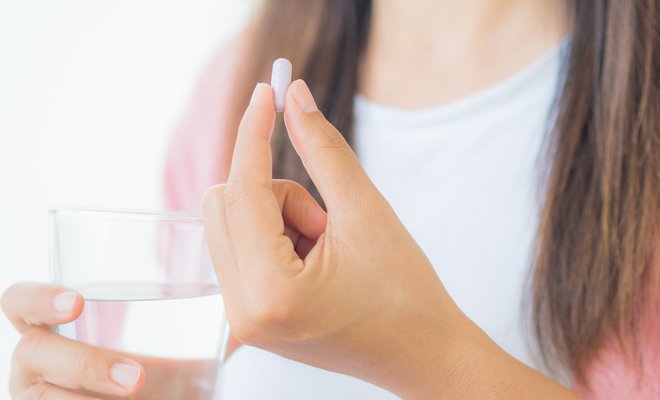Laxatives are used in the short term to relieve the symptoms of constipation and facilitate bowel movement, softening the stool and never as a use for weight control, much less to lose those extra kilos. At the point where they usually act, the highest percentage of nutrient absorption has already occurred, so they can hardly be precursors of a loss of body fat, although they can be electrolytes and water.
Chronic use of laxatives produces functional dependence with disruption of normal reflex function. This phenomenon means that over time the patient tends to increase the dose of the laxative or to take a more powerful one, a fact that favors the appearance of gastrointestinal disorders (diarrhea, vomiting, steatorrhea), spastic colitis or other functional disorders, and excessive loss of electrolytes (hypokalemia and hypocalcemia) and water in the feces.
After an excessively long period of use of laxatives, A period of constipation (due to the atony of the colon produced by cathartic stimulation), weight gain, abdominal distension or swelling may occur, requiring a certain time for the functional recovery of the organism and the restoration of intestinal motility.
5 laxatives NOT recommended for weight loss
Listed below are the active ingredients or medicinal plants contained in pharmaceutical specialties or parapharmacy products NOT recommended for weight loss with their different mechanisms of action.
- Mechanical laxatives or intestinal bolus increasers
Agar, methylcellulose, plantago ovata (Ispagula) seeds, altea, dandelion, spirulina, mucus vesiculosus, guar gum, laminaria, mallow. They absorb a large amount of water at the level of the colon, increasing the volume, degree of humidity and acidity of the fecal bolus, thus increasing intestinal peristalsis and facilitating its evacuation. They do not act immediately, but 12-24 hours after administration, although the full effect is observed after several days of treatment. They are contraindicated if there is an intestinal anatomical disorder as they could favor intestinal obstruction.
- Lubricant and emollient laxatives
Paraffin, Vaseline, Docusate Sodium. They act as humectants of the intestinal content; they facilitate the uptake of water by the feces and the interposition in them of fatty substances, which helps to soften and lubricate the fecal bolus. Its action time is between 24-48 hours. The most important side effects are decreased absorption of fat-soluble vitamins (A, E, D, K) and the risk of pulmonary aspiration.
- Osmotic laxatives
Lactulose, lactitol, glycerin. They are poorly absorbed and cause the attraction of water to the intestinal lumen. The increase in volume facilitates stimulation and the high water content favors progress and elimination. They take several days to act. Among its adverse effects are flatulence, abdominal pain, diarrhea, nausea and vomiting.
- Stimulant laxatives
Bisacodyl, sodium picosulfate, phenophthalein, castor oil, frangula, cascara sagrada, senna. They act by local irritation of the mucosa or by an action at the level of the nervous plexus of the intestinal smooth muscle, which increases motility. They also work by stimulating the secretion of water in the intestine. They are faster acting and their most important adverse effects are excessive fluid and electrolyte loss, intestinal protein loss, hypocalcemia, and malabsorption.
- Saline laxatives
Magnesium sulfate. They are ionic substances that act by attracting water to the intestine, thereby increasing intestinal pressure, causing a reflex stimulus that increases intestinal motility. Its action is very fast, acting between 1-3 hours. Contraindicated in cases of intestinal inflammation, menstruation, pregnancy, bedridden patients, renal failure and CNS depression.
